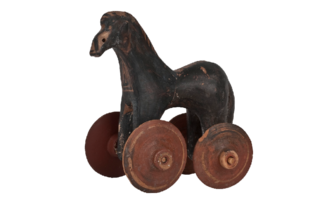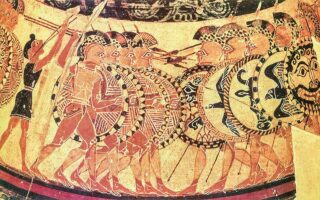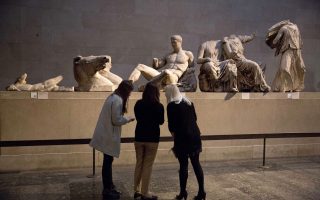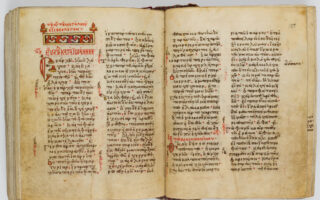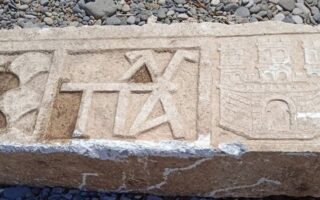Exhibition on ancient funerary practices in Attica
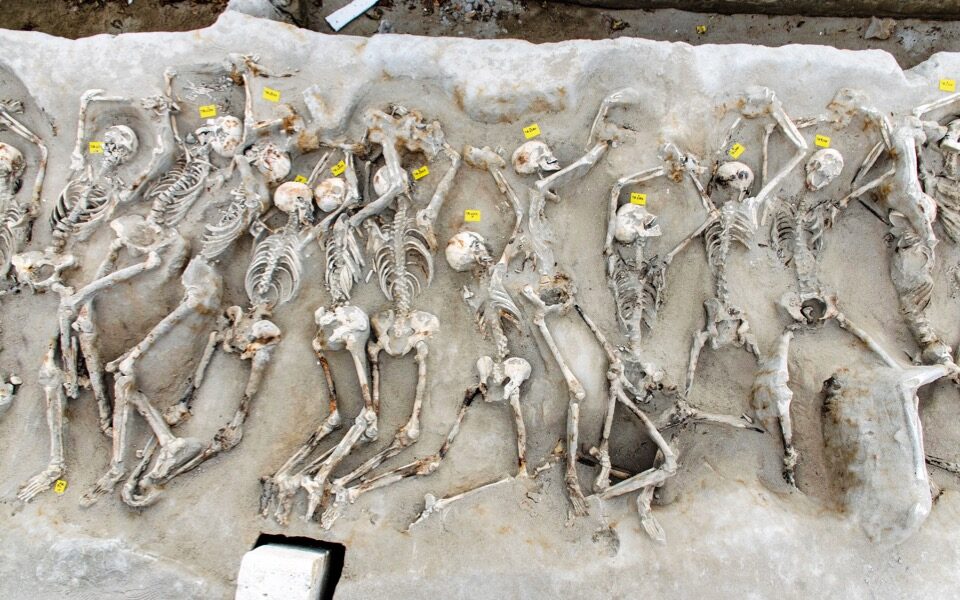
The Archaeological Museum of Piraeus has opened a temporary exhibition showcasing finds from the rescue excavations in the area of the Faliron Delta (present-day Faliro), 8km southwest of Athens city center. The excavations, which took place from 2012 to 2016, prior to the construction of the Stavros Niarchos Foundation Cultural Center (SNFCC) on the same site, revealed an extensive cemetery dating to between the 8th and 5th centuries BC, presenting a range of burial customs from the Archaic period (ca. 800-480 BC).
Amid the necropolis of 1,500 skeletons was a mass grave of 80 individuals, all well-built young men, 36 of whom were bound with iron shackles. Dubbed the “captives of Faliron” and dated to the third quarter of the 7th century BC, archaeologists have speculated they may have been supporters of the Athenian noble Cylon, who attempted to seize power in the city in 632 BC. Following the failure of the coup, known as the “Cyclonian Affair,” the supporters were rounded up and put to death.
“Falirothen: Between Two Worlds” is split into four distinct sections. The first two are dedicated to the funerary practices in Attica during the Early and Late Archaic periods, focusing on the rituals and grave goods that accompanied the dead on their journey to the afterlife. The third and fourth sections explores Early Attic pottery and the bioarchaeological analysis of three burials, offering clues about the identity of the dead and aspects of their life histories.
The exhibition is part of the European Days of Cultural Heritage initiative and will run until December 31.

